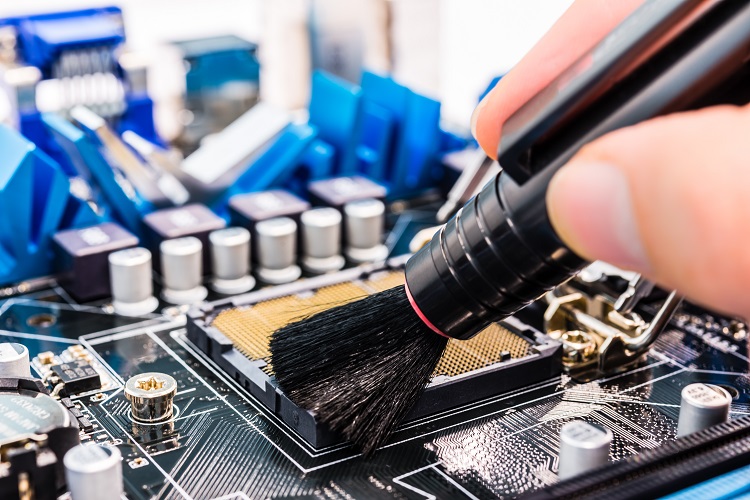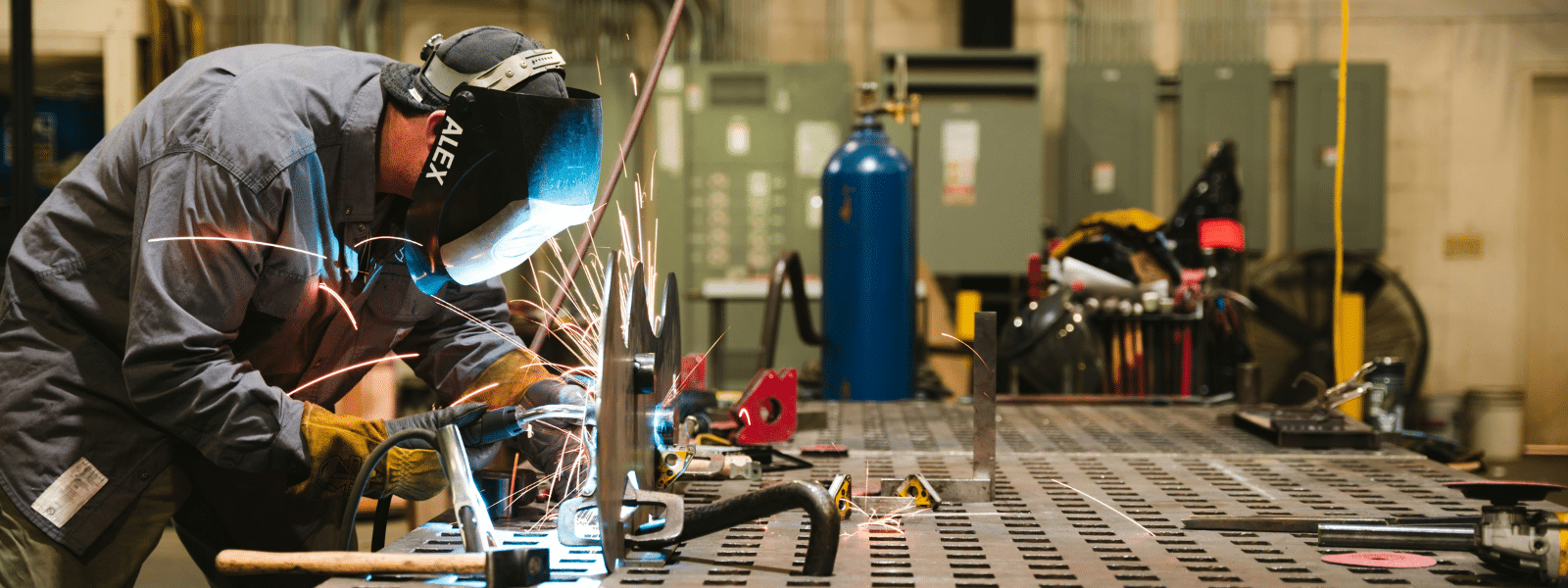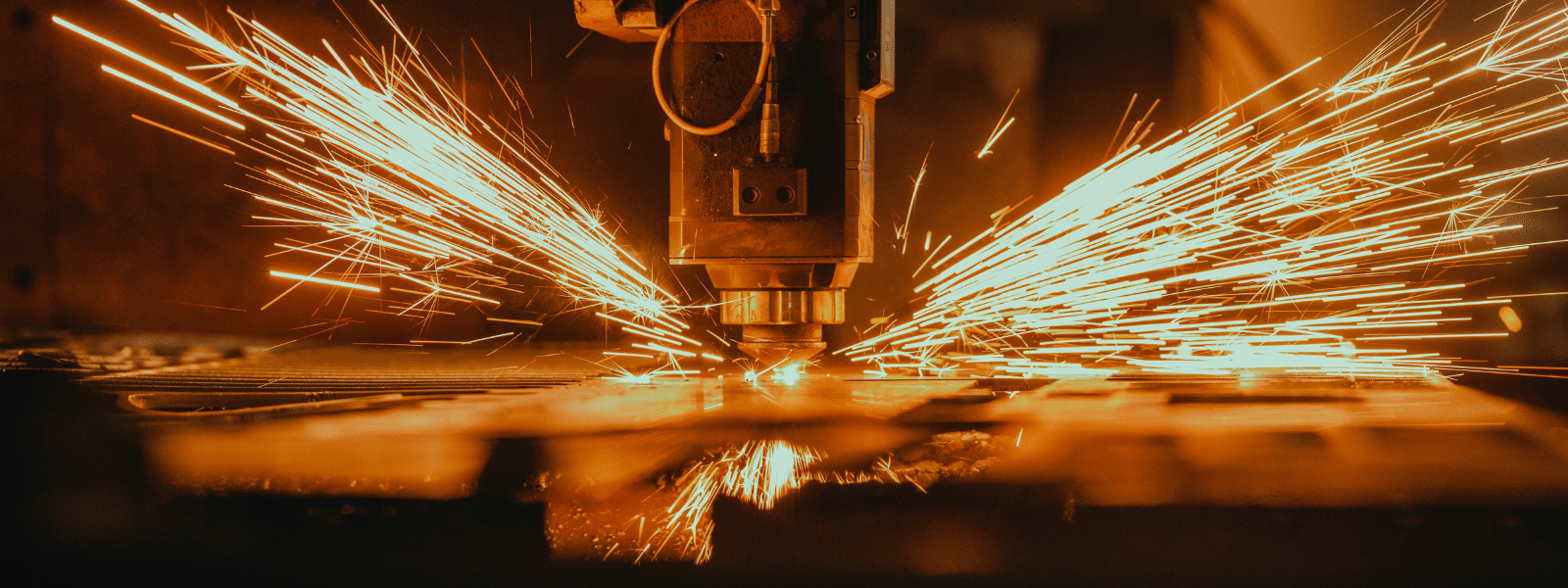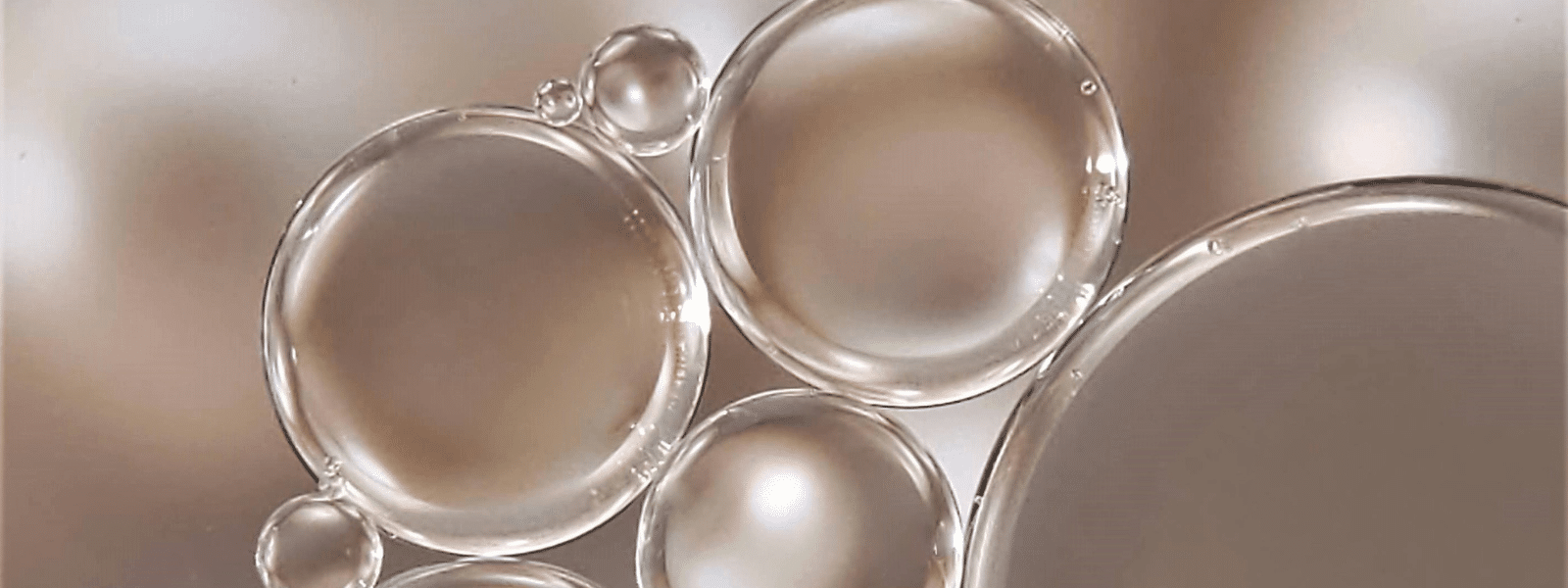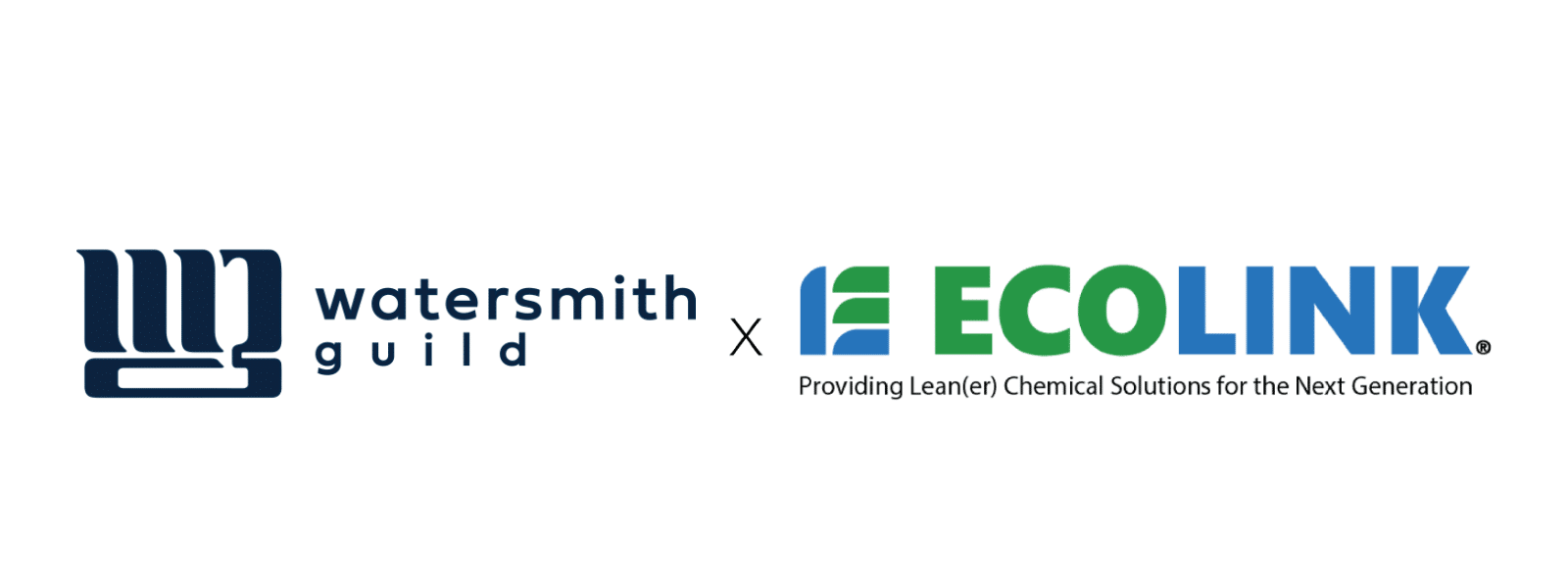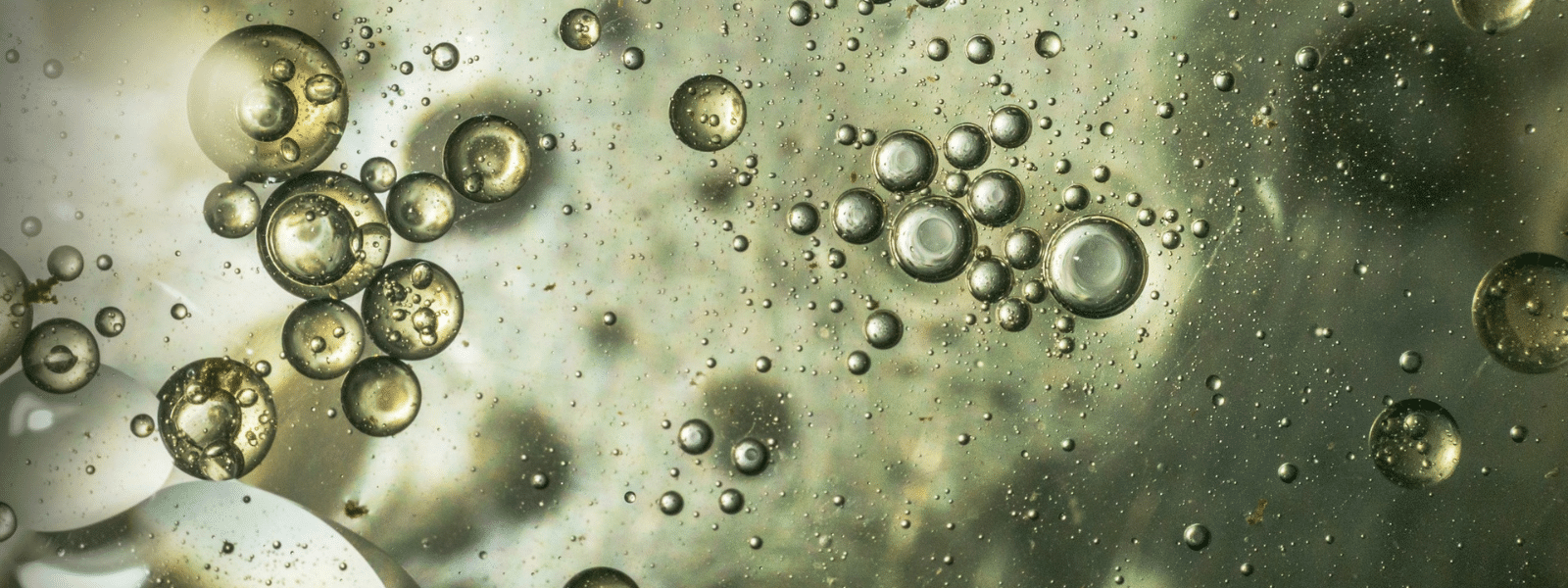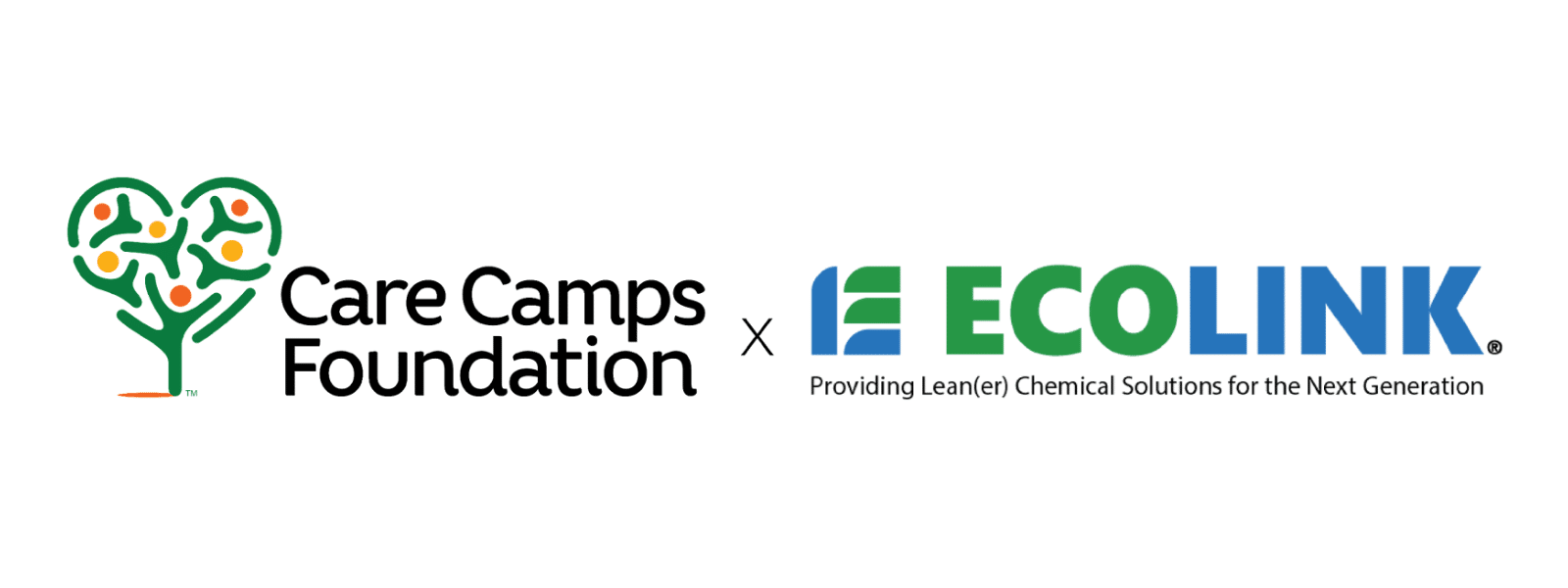Soldering is a metallurgical procedure that binds two or more pieces of metal together by liquidizing a “filler metal” that distributes between them via capillary action. If clearance between the pieces is too great or too small (.0015” inches is recommended), the stability of the joint can suffer, as its strength primarily relies on the strength of the filler metal that binds metal together.
Comparable to Brazing and Welding
By combining metal pieces with filler metal, soldering is similar to brazing — a procedure that combines two or more metal pieces using filler metal. The primary difference is that brazing is often performed using an industrial furnace, whereas soldering is commonly done by hand to fuse together small metal pieces, such as a series of electrical contacts for electrical wires. However, there are also specially designed soldering furnaces that assist with the endeavor.
Soldering is also somewhat similar to the welding process for the same reason it is similar to brazing: two or more pieces of metal are combined together using a heat source. However, there is significant difference between soldering and brazing and their close counterpart welding: Whereas the first two processes use filler metal and don’t melt the base metal, welding melts the base metal at strategic points in order to produce a precision part or an assembly.
The Use of Solder Flux Remover
Solder flux remover is an essential component in the metallurgical soldering process, particularly for metals whose alloys are highly sensitive to heat treatments. Depending on the metal involved, soldering can be performed in open air or with a soldering furnace. In either case, it is essential to coat the area of heat application and its adjacent areas with solder flux remover, as this will prevent metal from tarnishing and support excellent dimensional stability.
When the soldering process is performed in open air or in a standard soldering furnace, applying solder flux remover can be essential for ensuring that final product addresses the customer’s needs. However, after the metal is heated, the flux often leaves a residue that solder flux remover excels at removing. If you need solder flux remover, Ecolink can provide you with a flux remover (e.g., FluoSolv® AP) that banishes unsightly flux residue.
How Ecolink Can Help
If you need a solder flux remover that can be used for various soldering operations, Ecolink has the experience and expertise to provide you with a solution that meets the needs of your specific operations. If our readymade removers don’t address the specifics of your requirements, we can also provide a custom formulated flux remover that is formulated for your unique needs and can be used to efficiently remove different types of soldering flux residue.
To get started on selecting a solder flux remover, call us today at (800) 563-1305, or refer to the contact page on our website. We look forward to providing you with highly efficacious solder flux remover. By using our products, you will never again have to worry about removing the residue of soldering flux to ensure that soldered metal has the right appearance.





